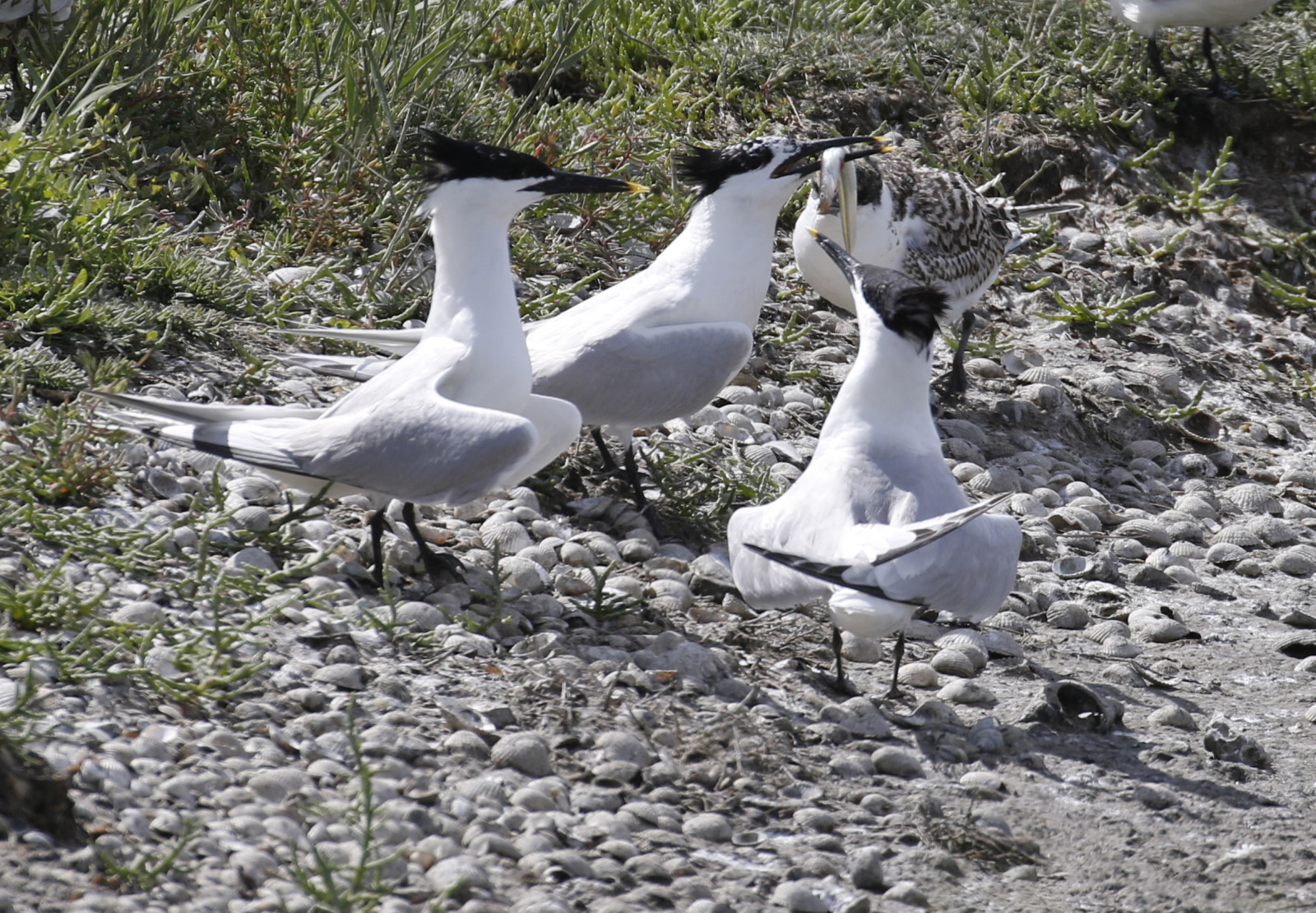Beschreibung
The Mewia Łacha nature reserve occupies 150 ha to protect tern breeding colonies and places of waders. is one of the most valuable natural areas in the Polish coastal zone. Due to the favorable location at the mouth of the Vistula and the ban on entering the beach in the reserve, the largest colony of wild seals on the Polish coast was established. Nearly 100 species of water and marsh birds have been found in the reserve. You can observe nesting birds like Brandseeschwalbe and Sandregenpfeifer. The best time to visit is summer and spring.
Details
Zugang
Thanks to a marked path, visiting the reserve is possible throughout the year. The most interesting ornithological observations are possible during the breeding season. From April to July, the whole reserve is teeming with bird life. Sightings of seals are possible all year round. It is best to start the trip at the port in Świbno, where you can get from the center of Gdansk by bus number 112 or 212. Next to the port there is also parking for cars. Click on the P in the map for directions. Convenient access by bike is provided by the R10 bicycle route, which leads through Gdańsk along the entire Polish coast. The circular route indicated on the map is about 6 km.
